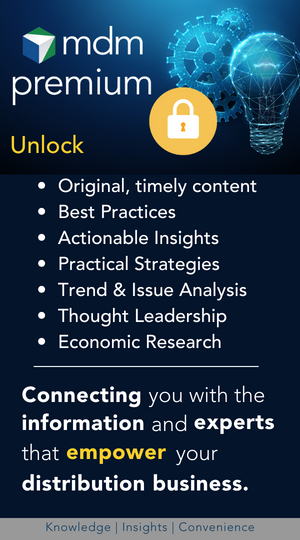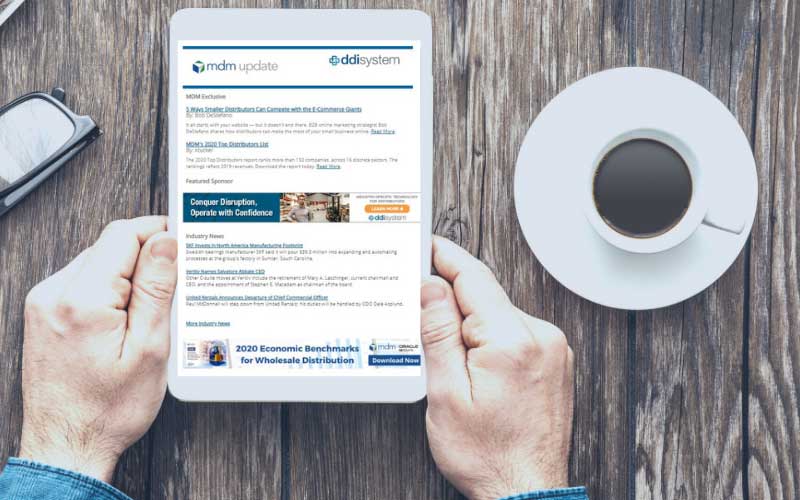In my last blog, I discussed the impact technology is having on distributors’ desire to make changes.
One of the reasons technology is playing a bigger role in distributors’ lives is due to the rise of Big Data. In a series of articles from Harvard Business Review on the topic of Big Data, the authors of one piece acknowledged that the term “Big Data” is often greeted with skepticism by executives who question whether it is just another way of saying “analytics.”
But the authors offer three reasons that the current drive to do more with our data is different than in the past:
- The volume of data that is created each day. HBR points out that today more data crosses the Web every second than what was stored in the entire Internet just 20 years ago.
- The velocity of data creation we’re seeing today, in particular, real-time or nearly real-time data. This makes it much easier for companies to respond quickly to shifts in the market.
- The variety of data available.
Today’s environment provides a much wider view of what is going on than we’ve ever had before, with multiple and, as HBR puts it, “surprising” sources of useful information including email, social networks, online shopping, GPS and equipment such as vending machines and other technology that track usage.
Recent articles on Google’s Flu Trends show how data can come from anywhere. While Google’s Flu Trends site doesn’t correlate perfectly with government lab data, it has been shown to be a much better source of what’s happening right now. It’s based on search data, including how many users are searching for information on influenza.
The HBR article tells how Google Flu Trends helped one hospital predict surges in flu-related emergency visits before the Centers for Disease Control-issued warnings. This is just one example of a source of data that wasn’t a big part of the picture just 10 years ago. Social networks are another example.
Tony Pericle, author of Transforming Data into Action from the National Association of Wholesaler-Distributors, recognizes the importance of using not just historical data, but data that can give you a real-time picture of what’s happening. “Analytics can both provide advanced warning of an impending storm and identify alternative paths around a storm. Companies need to constantly monitor the landscape ahead and course-correct when necessary or risk ending up in the wrong place,” he told MDM in an interview.
We have an amazing volume of data at our fingertips to improve every aspect of our business, but it has to be taken in total – not individually. On the demand forecasting front, this is especially true, according to inventory management expert Jon Schreibfeder in a recent episode of Executive Briefing. “You also need the collaborative element. You need input from your management, your customers, your salespeople and even your vendors” in evaluating the accuracy of your forecasting system. Distributors that understand how these elements come together to create a forecast can more easily find and fix flaws.
Of course knowing the data is there and putting a plan in place to process and use it effectively is the next step. Read more from Pericle on the potential ROI of tapping someone to oversee the effort in the interview: Why Analytics is About People, Not IT.


